The path to this moment was arduous and complex, involving almost the entire West Virginia congressional delegation as the North Carolina delegation and state and local officials. For over two centuries, the New River had been a significant industrial corridor for coal mining and timber extraction throughout its course in North Carolina, Virginia, and West Virginia. Its waters polluted and its banks disturbed by mine shafts, tipples, and timber roads, the New River’s industrial legacy brought with it a myriad of consequences that would have to be addressed before the region could be brought under preservation.
However, coal was not the only industrial concern that stood in the way of bringing the New River under federal protection. Further up the river’s course in Virginia and North Carolina, the Appalachian Power Company was laying the groundwork for a hydroelectric dam which had been in development for over a decade. Approved by the Federal Power Commission in 1962, the “Blue Ridge Project” met significant opposition, especially in North Carolina where the dam’s planned reservoir would inundate and destroy hundreds of acres of farms and private property. Court battles over the project continued for years, but when a federal court ruled that the project could move forward in 1975, it seemed that the dam’s construction was inevitable. Congressman Ken Hechler of West Virginia and Congressman Stephen Neal of North Carolina introduced legislation in the House of Representatives to attempt to void the Federal Power Commission’s license for the project. North Carolina’s Governor, James E. Holshouser, followed up by seeking federal projection for six miles of the New River that would be inundated by the proposed reservoir. A twenty-six mile stretch of the New River became a state scenic river, and when this section was brought under the national wild and scenic rivers program, the "Blue Ridge Project" was finally abandoned. While the battle for preservation continued in the courts and the legislature, West Virginia’s Senators Byrd and Randolph were busy gauging the public’s stance on a national park or similar protected region on the New River. Senator Byrd coordinated with the Department of Interior to hold public meetings, cosponsored by local recreational leagues and chambers of commerce to allow for public comment. Constituents voiced concerns including the loss of private property as well as access to the river for boating, fishing, and hunting. The impasse between industrial concerns, constituent opposition, and federal agencies left a bleak outlook for the creation of a national park or the inclusion of the New River under the wild and scenic rivers program. However, in 1978, Senators Jennings Randolph and Robert C. Byrd and Congressmen Nick Joe Rahall and Harley O. Staggers determined to try a new approach, designating the New River Gorge as a National River. This designation would allow local landowners to keep their property as long as they remained in compliance with the conservation standards set by the federal government for the gorge. Studies conducted by the U.S. Geological Survey concluded that most of the coal seams which were located in the section of the gorge slated for federal protection had been exhausted over nearly two centuries of mining. The National River designation would therefore prohibit the creation of new mines but allow existing underground mining operations to continue.
By October 1978, the Senate and House passed the legislation creating the New River Gorge National River. In the almost forty-years since the designation of the national river, New River Gorge has become one of West Virginia’s premier recreational destinations. Senator Byrd contributed to the further expansion of amenities for the national river, including visitors’ centers and the restoration of the town of Thurmond. Today, the national river continues to draw thousands of visitors from around the country and the world to its natural and historical landmarks. Comments are closed.
|
Welcome to the Byrd Center Blog! We share content here including research from our archival collections, articles from our director, and information on upcoming events.
Categories
All
Archives
July 2023
|
Our Mission: |
The Byrd Center advances representative democracy by promoting a better understanding of the United States Congress and the Constitution through programs and research that engage citizens.
|
Copyright © Robert C. Byrd Center for Congressional History and Education
|

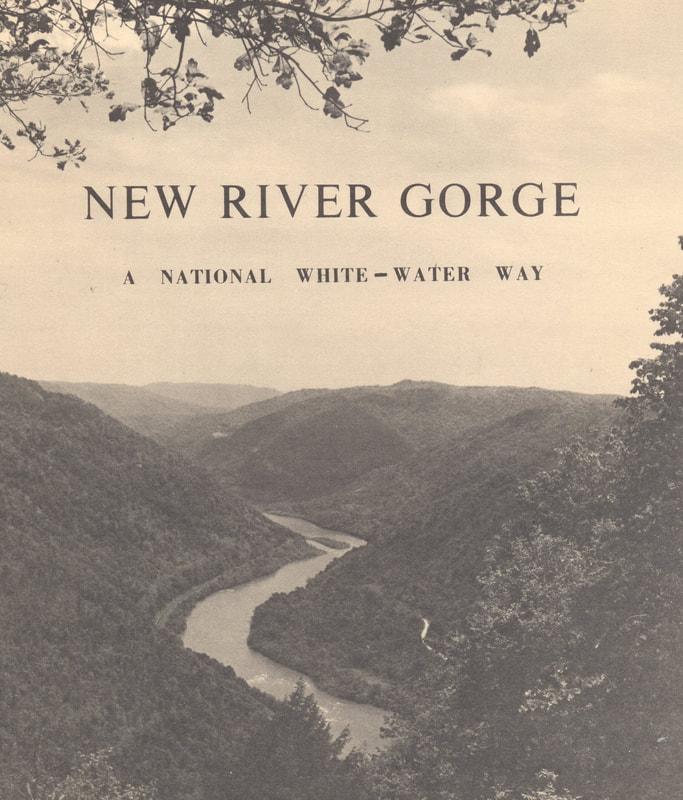
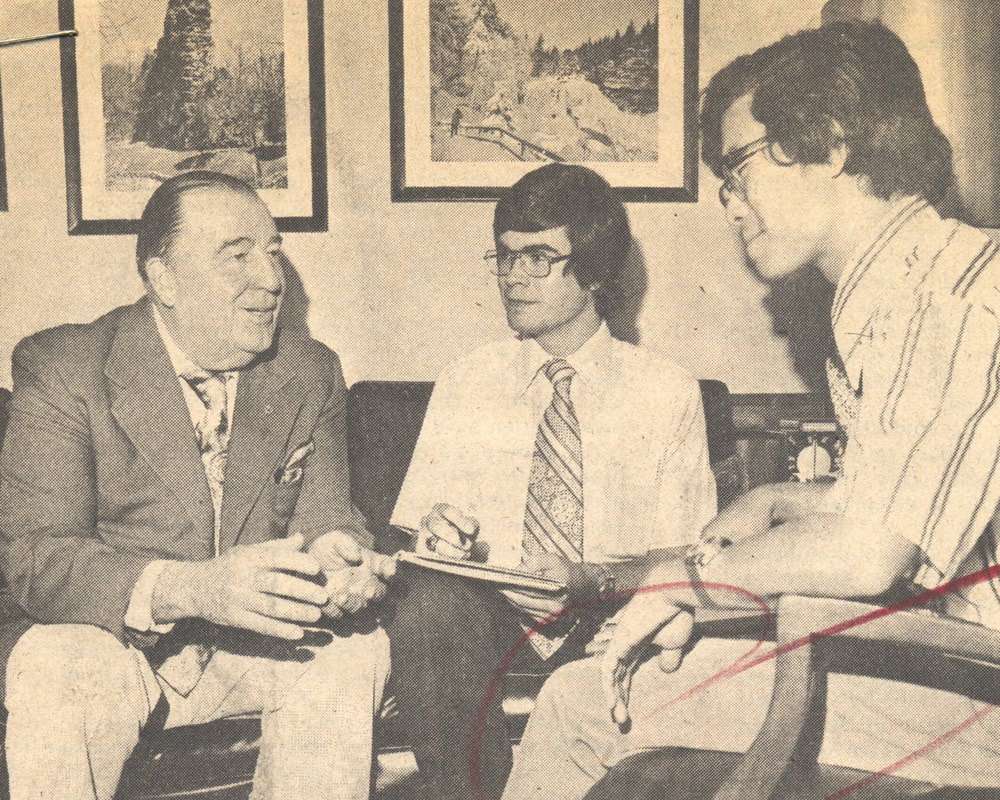
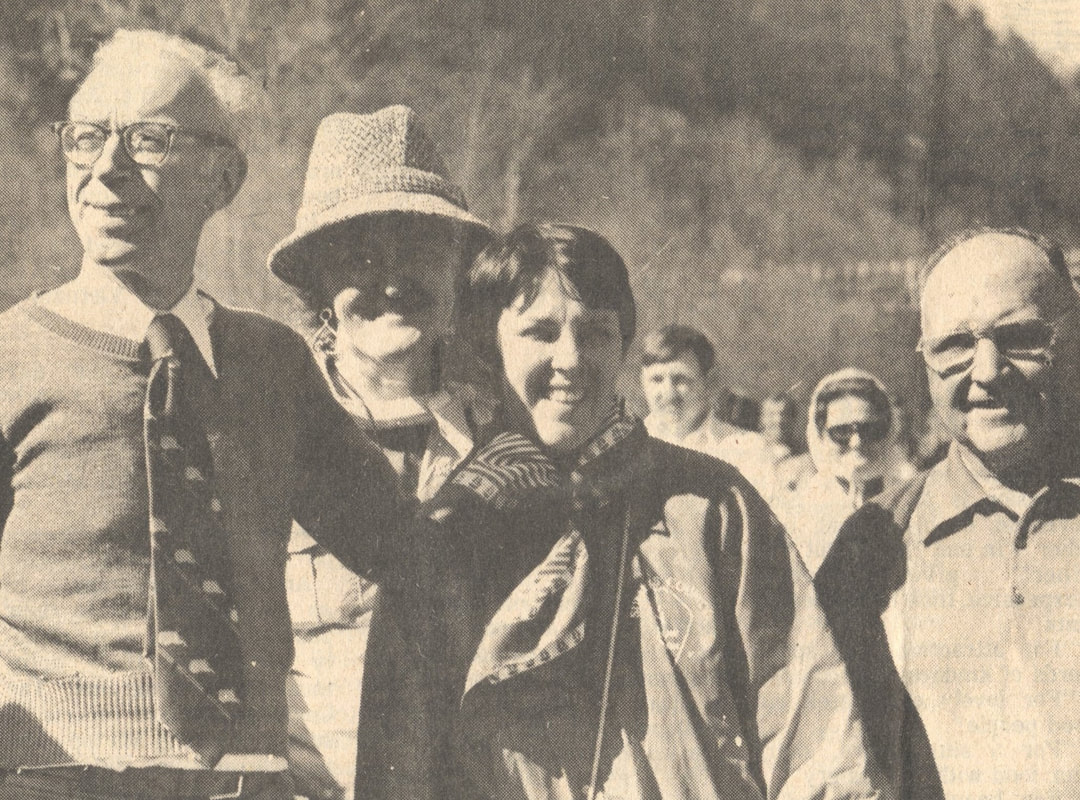
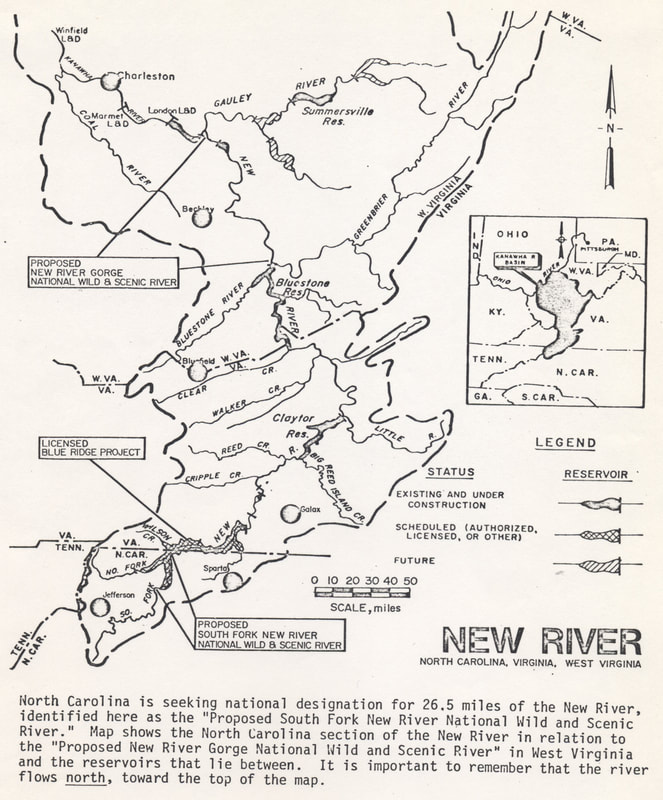
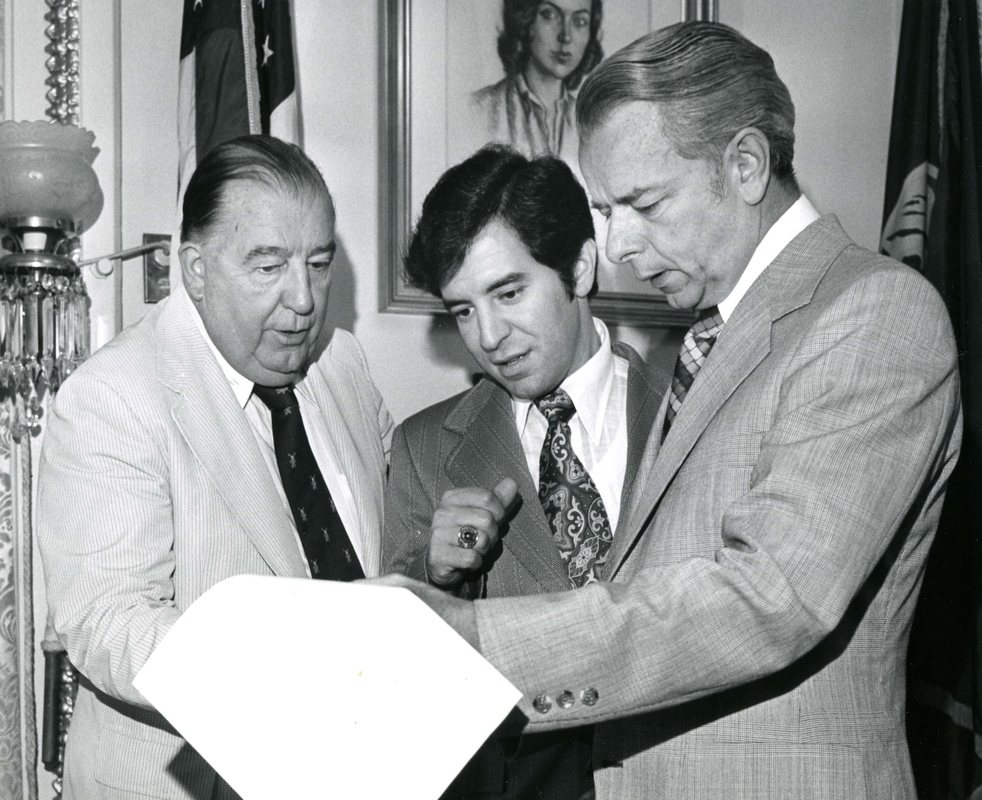
 RSS Feed
RSS Feed
